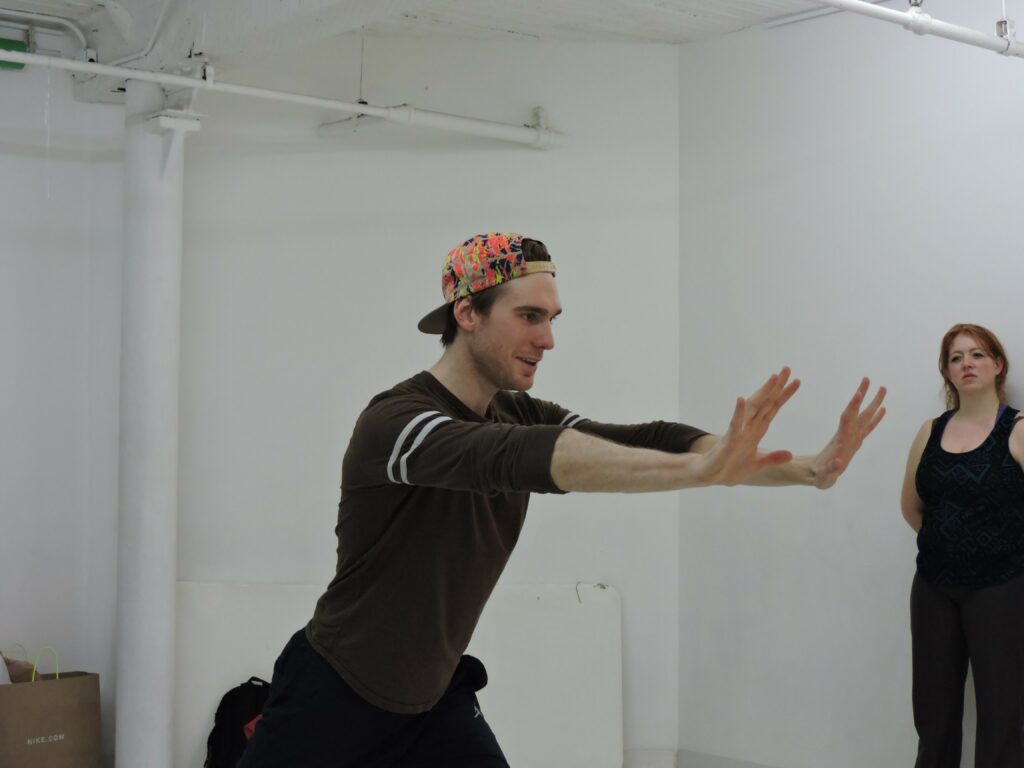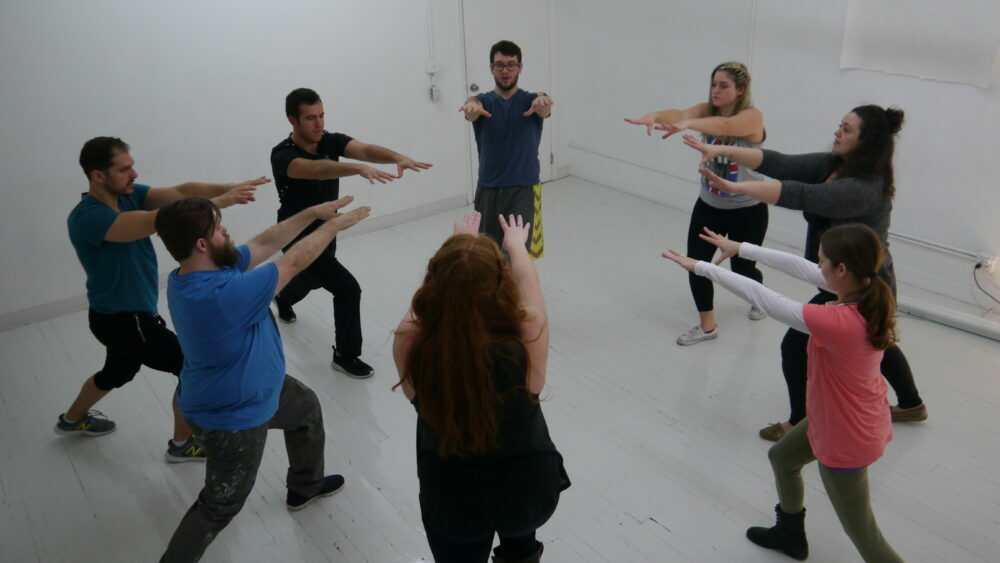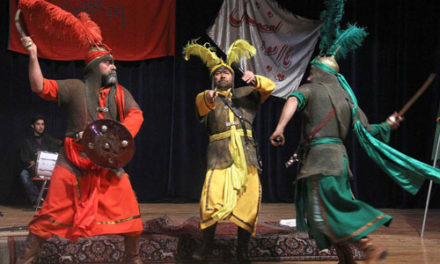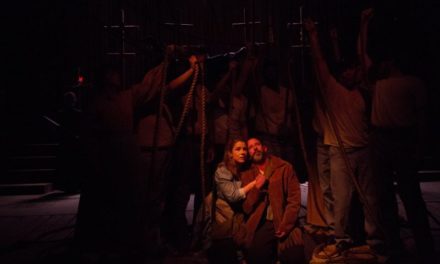Of the many precepts in developing a work for the stage, commonly method acting can be of the grown-worthy type. Even as a certified Michael Chekhov instructor, I educate my students to learn and then forget, to harness and then release the teachings of Michael Chekhov into the greater body of their theatre education. And this is fitting due to the scores of methods college pupils are employing on a daily basis. How to choose one? How could Leban compliment Stanislavski, but not ignore the ideas of Suzuki? Consequently, one may argue that a theatre company who employs the teachings of one methodologist could not uncover the complete beauty of a piece. College theatre students are faced with so many challenges: crippling debt, a timely redefinition of identity, poor economy, relentless social media activity, canons of methods, healing wounds of the past, etc. The list goes on and on the more we develop as a society. With all this distraction, a student may be left perplexed about where to go. However, many students and one small theatre company in NYC has been successful in incorporating Chekhov as the cornerstone of their process.
The teachings of Michael Chekhov is not for the faint of heart. In the forward to Chekhov’s 2002 publication of To the Actor, Simon Callow states, “As Michael Chekhov would say, it requires a certain openness to the great forces of the universe to attempt it [the technique]” (xxiii). Chekhov’s technique is defined as a psycho-physical approach to acting and that the work of the actor is the heartbeat of theatre that transcends “God-given” talent. Thus the actor must employ the practice of the work and repetition to create fully formed characters. This work is developed mostly through creative imagination, improvisation, ensemble, and the use of archetypal gesture. In so doing, the strength of our gestures or movements stir our power which then awakes a definite desire within our character thus conjuring our feelings. In an easier formula: “Gesture begets Sensation begets Emotion.” Chekhov uses gesture to evoke the inherent emotional qualities living within us.

Michael Glavan (Director) demonstrating psychological gesture PUSH with Bevin Bell-Hall (Producer and Lady Macbeth). Photo Credit: Charlie Hall.
One of the more popular tenants of Chekhov that I incorporate in my classroom is the psychological gesture. These gestures are archetypal, and depending on the instructor’s education, I have found there are around 8-13 psychological gestures in use today. But one of the underlying must-haves to make an archetypal gesture psychological, is the actor’s use of a quality. So if one were to do the PG of “push,” they would step forward lunging on one leg slightly bent at the knee while simultaneously pushing their arms in front of them with their hands up, palms out at a right angle. This would be the approximate form of the PG “push.” But without a quality that gesture is merely a gesture. The actor must incorporate a specific quality of movement in order for the gesture to be psychological. For example, one could complete this gesture timidly, aggressively, lovingly, tenderly, or carelessly. If a supposed character’s desire or action or tactic is to “avoid confrontation,” they may attempt this gesture with whatever quality they wish. The actor would then repeat this gesture with the given quality over and over and see if other sensations evolve. Later the physical gesture would dissolve and all that would remain is the raw emotion of the character. Through continuous repetition the actor can connect their mind with their body thus choosing the direction they would like to go with their characters. Thus, Gesture begets Sensation begets Emotion.
Name of Bird theatre company led by Bevin Bell-Hall in New York City has developed a community comprised of certified teachers and students of Chekhov. In an interview Hall states, “My hope is that Name of Bird continues to value the work over anything else in training actors and artists in studio and in future performances. And that we continue to experiment in our productions, both with directors and ensemble-directed, in order to hone the most effective ways to work as an ensemble of artists putting strong, cohesive, beautiful pieces forward to a growing audience.” In their NYC debut production of Macbeth: Two Truths, Hall and ensemble members values Chekhov’s “Feeling of the Whole” which eliminates the inharmonious failure of connecting one part (actor) to that of the entirety (ensemble). Hall states, “Our designers joined us in the work in studio and onstage as well. We consistently crossed the threshold [Chekhov’s idea of physically and emotionally entering a creative space] into our work at rehearsals led either by our Macbeth or whom he delegated, to give the ensemble a way to connect to the actor responsible for most all of the actions creating the spine of the play. Our director incorporated different Chekhov-based exercises into our rehearsals in addition to our blocking/scene work, so Chekhov’s feeling of Ease and feeling of Joy were often called upon.”

Marguerite Kellogg, Timothy Allen, and Matthew Alan Miller as the Witches in Macbeth. Photo Credit: Michael Glavan
As a member of this theatre company, I had the joy of taking the role of Witch I. I incorporated Chekhov’s PG of “Smash” and the quality of movement “Fly.” But in my collaboration we developed the image of a tree as the shared imaginary body of all three witches: Witch I = roots (past); Witch II = trunk/branches (present); Witch III = leaves (future). We represented the cyclical nature of a tree, but also the cyclical nature of life within the realms of Scotland. Outside of the technique, I activated a strong Root Chakra in my process, thus my movements, gestures, and postures were very low to the ground. With the collaboration of my ensemble members and scene partners in particular, we were able to arrive to some beautiful thematic conclusions and movements all of which were grounded in the Michael Chekhov technique.
The answer to my initial question is very simple – all actors and students of acting are the creation of THEIR art. Yet it takes the consideration of others to proffer that SPARK of creation albeit a professor, an ensemble of actors, or a method. Fortunately many have found the teachings of Michael Chekhov to be the cornerstone of their work as a truly creative process to arrive to some beautiful moments in theatre.
Citations
Callow, Simon. “Foreword.” To the Actor, Harper and Row, 2002, p. xxiii.
Allen, Timothy, and Bevin Bell-Hall. “Interview with Name of Bird Owner.” 26 Mar. 2019.
This post was written by the author in their personal capacity.The opinions expressed in this article are the author’s own and do not reflect the view of The Theatre Times, their staff or collaborators.
This post was written by Timothy Allen.
The views expressed here belong to the author and do not necessarily reflect our views and opinions.


















